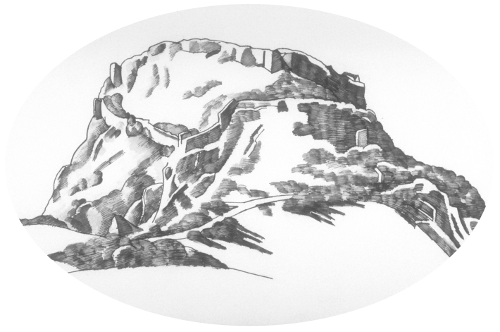
Rough Cilicia Archaeological Survey Project, 1996-2011
Recommended Citation
Rauh, Nicholas K.; Akkemik, Ünal; Conyers, Grace; Karlioğlu, Nargul; and Theller, Lawrence, "Rough Cilicia Archaeological Survey: Report of the 2011 Season, Part One" (2019). Rough Cilicia Archaeological Survey Project, 1996-2011. Paper 11.
http://dx.doi.org/10.5703/1288284316873
DOI
10.5703/1288284316873
Date of this Version
1-10-2019
Keywords
Ancient Greece, archaeological survey, pottery, Turkey
Abstract
The 2011 season of the Rough Cilicia Archaeological Survey Project was conducted between July 21 and August 12 2011. The research agenda of the 2011 was to investigate the degraded character of highland cedar forests in the Taşeli Plateau in the Taurus Mts behind Gazipaşa (Antalya Province, Gazipaşa District, Taseli Plateau). We worked in the Taseli plateau highland region from July 25 to Aug. 5, collecting tree, pollen, and carbon samples of the highland forest; we then relocated to the Baysal Hotel in Gazipaşa to conduct archaeological survey in the midlands (mesogeia) between Aug. 6 and 12. We explain the procedures and the results of both phases of the survey in two parts. This section (Part One) will address the deforestation research of the 2011 Survey; Part Two will address the finds of the 2011 Pedestrian Survey. As the mid-range theory Rough Cilicia highland survey has been investigating the possibility that resource depletion played a role in population collapse at the end of the Roman era. Throughout antiquity the forests of these mountains were praised for their lofty conifer trees, particularly cedar trees whose rot-resistant properties made them desirable for shipbuilding. By the beginning of the 20th century, this forest was essentially exhausted. While scholars agree that human activity played a determining role in deforestation, the timing and pace of pre-modern forest utilization is poorly understood. Our paleoenvironmental work this season embraced two related strategies, dendrochronological investigation of the surviving highland forest, and geomorphic trench excavations of alluvial deposits along river basins, carbon and pollen analysis of soil samples. To conduct the highland survey we positioned ourselves at a rental house at Gökgözlük Yayla for approximately 10 days. During that time we conducted geomorphic trench sampling of cedar and pollen residue at the altitude representing the natural habitat of the highland forest (1500 to 1800 m elevation).

